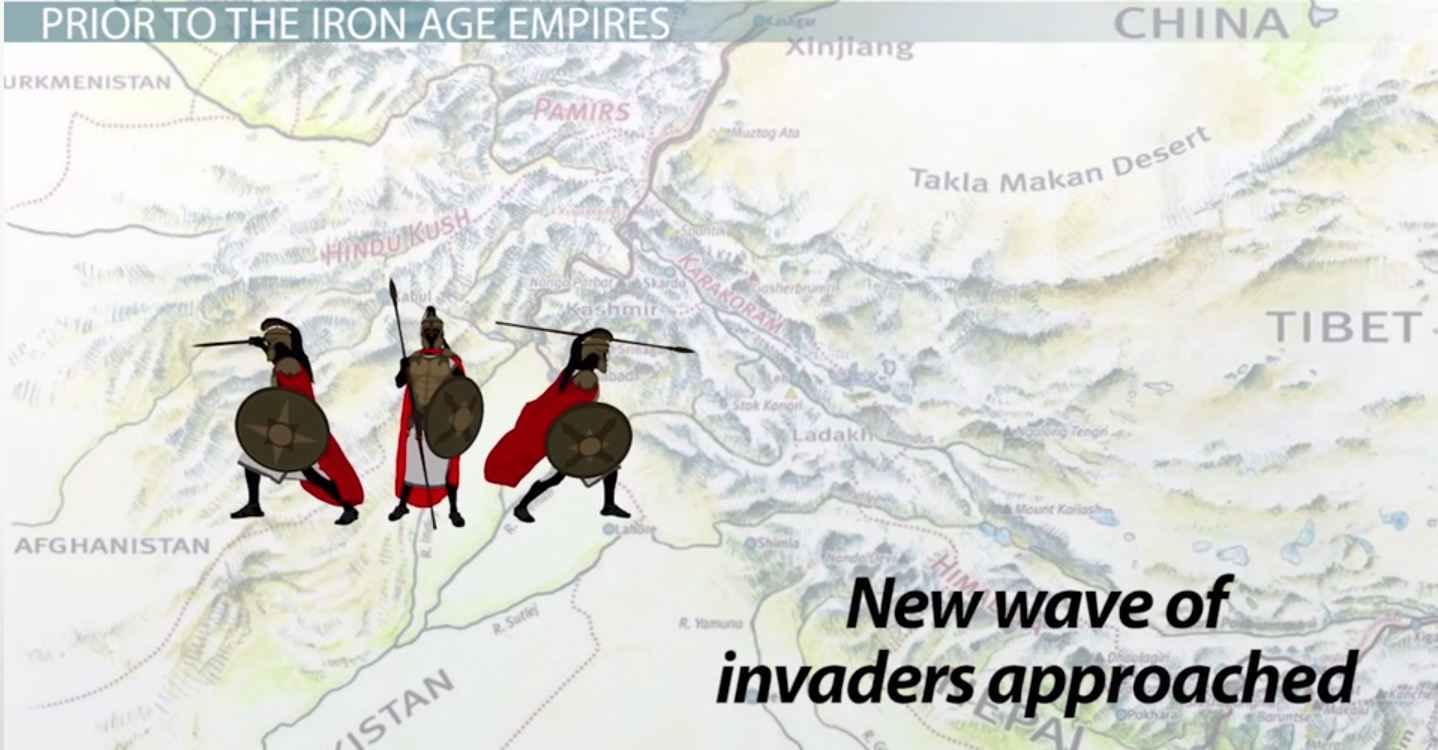Read this article to learn about the causes and consequences of Muhammad Ghori’s Invasions of India !
The real founder of the Muslim Empire in India was Muiz-ud-din Muhammad bin Sam, popularly known as Shihabud Din Muhammad Ghori or Muhammad of Ghur.
It. is true that Muhammad bin Qasim was the first Muslim invader of India but he failed to carve out a Muslim empire in India on account of his premature death.
Mahmud of Ghazni also failed to set up a Muslim empire in India and the only permanent effect of his invasions was the annexation of the Punjab. It was left to Muhammad Ghori to build up a Muslim empire in India on a secure footing. In 1173 A.D.
ADVERTISEMENTS:
Shihabuddin Muhammad ascended the throne at Ghazni. Proceeding byway of the Gomal Pass, Muhammad bin Sam also known as Muhammad Ghori conquered Multan and Uchch in 1175 A.D. In 1178 A.D. he tried to penetrate into Gujarat but was defeated and completely routed by the Chalukyan King Mularaj II near Mount Abu.
After that Muhammad Ghori attacked Punjab using Khyber Pass. By 1190 A.D. Muizuddin Muhammad conquered Peshawar, Lahore and Sialkot. By 1182 A.D. the whole of Sindh was captured. His conquest of Punjab and further inroads into northern India led to inevitable contest between him and the Rajput’s.
While Muhammad was over-running Multan and Uchch, Prithviraj III known as Prithviraj Chauhan ascended the throne of Aimer at the age of 14. He was very powerful and made several conquests. He invaded Bundelkhand and defeated the Chandellas in the battle at Mahoba.
ADVERTISEMENTS:
The conflict between Prithviraj and Muhammad Ghori started for the fort of Tarabhinda (Bhatinda). The enemies met each other in the battlefield at Tarain known as the First Battle of Tarain in 1191 A.D. Muhammad was defeated in the battle and his forces were severely routed. Little attempt was made by Prithviraj to oust the Ghurids from the Punjab.
This gave Muhammad Ghori time to re-group his forces and make another bid for India the following year. He met Prithviraj for the second time in the battle field of Tarain in 1192 A.D. Prithviraj was decisively defeated this time.
Though the numerical strength of Prithviraj’s army was more, the superior organization and skill of the Turkish cavalry decided the issue. Soon after Prithviraj was captured and put to death. The second battle of Tarain paved the way for the ascendancy of the Turks. From this point Rajput power entered a phase of irreversible decay. Thus the area of Delhi and eastern Rajasthan passed under the Turkish rule. Muhammad came back to India in 1194 A.D. This time his target was the kingdom of Kannauj.
Jayachandra the ruler of Kannauj and Muhammad fought a battle at Chandawar. Rajputs were defeated and Jaychandra was killed in the war. Muhammad proceeded as far as Banaras and captured all the important places of the kingdom of Kannauj. The battle of Chandawar laid the foundation of Turkish rule in northern India.
Causes of Ghorian Invasions:
ADVERTISEMENTS:
1. The perpetual conflict of the Ghurids with the Seljukids and the Turkish tribes across the Oxus impelled the Ghurids towards India.
2. The rising power of the Khwarizmi Empire severely limited the Central Asian ambitions of the Ghurids. Khorasan, which was the bone of contention between the two, after being conquered by the Khwarizmi Shah left no option for the Ghurids but to look for expansion towards India.
3. The imperilistic ambitions of the Ghurids was one of the main cause for their Indian invasion.
Consequences of Ghorian Invasions:
1. The Turkish conquest of India paved the way for the liquidation of the multi-state system in India as the political ideal of the Turkish sultan was a centralised political organization under the monarch.
2. The institution of iqtas served their purpose of breaking the feudal traditions of the various areas and for linking up the various parts of the empire to one centre.
3. The Turks also gave India a centralised administration by which trade received a new impetus.
4. The intimate contact between India and the outer Asiatic world was restored by the Ghorian conquest.

